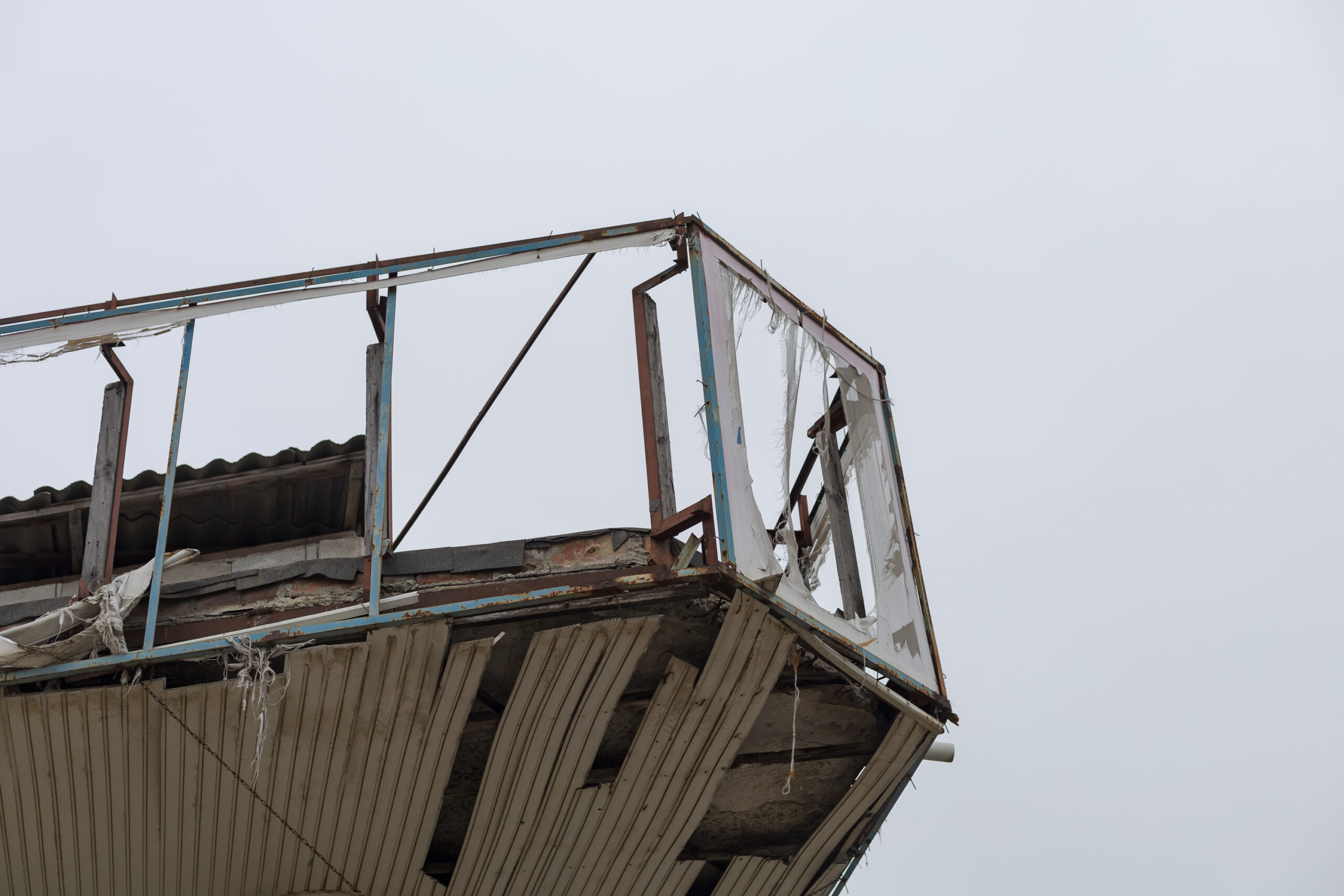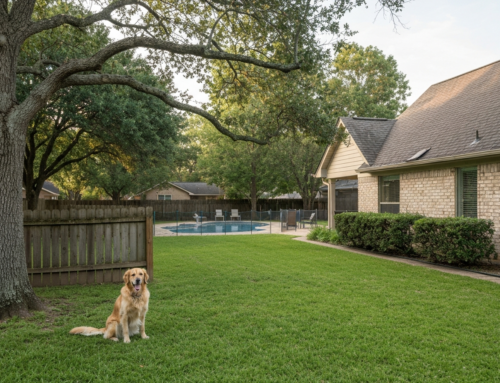The Growing Challenge of Home Insurance Non-Renewals
Homeownership has long been a cornerstone of the American dream, representing stability, security, and a significant investment. However, for an increasing number of individuals and families across the United States, that stability is being challenged by a tightening homeowners insurance market. Specifically, many are facing the difficult reality of home insurance non-renewal notices from their carriers. This trend is not confined to one or two high-profile states; it’s a growing phenomenon impacting diverse regions, leaving homeowners scrambling to find alternative coverage. Understanding the landscape of available home insurance options after climate nonrenewal is becoming critically important for affected individuals.
A non-renewal occurs when an insurance company decides not to extend a policyholder’s coverage beyond the current term, essentially dropping the customer. This differs from a cancellation, which happens during the policy term, often due to non-payment or significant rule violations by the policyholder. Non-renewals typically give homeowners more notice, but they still create significant disruption and uncertainty.
Data paints a clear picture of this escalating challenge. In recent years, millions of home insurance policies have been non-renewed nationwide. According to a congressional investigation, between 2018 and 2023, over 1.9 million home insurance contracts were non-renewed. In some counties, non-renewal rates have skyrocketed, tripling or even quadrupling within this relatively short timeframe. This widespread increase signifies more than just isolated incidents; it points to systemic pressures reshaping the home insurance market.
While individual circumstances can lead to a non-renewal, the sheer scale and geographic spread of this trend suggest larger, underlying causes are at play. The areas experiencing the most significant increases in non-renewals are often those grappling with heightened exposure to natural disasters. This confluence of insurance availability issues and increasing environmental risks highlights a critical junction where climate challenges are directly impacting the financial security and stability of homeowners.
Navigating this landscape requires homeowners to be informed and proactive. Understanding why these non-renewals are happening, exploring the available paths forward, and knowing how to improve a property’s insurability are all vital steps in securing necessary coverage and protecting one’s investment in their home. Finding reliable home insurance options after climate nonrenewal is not just a matter of compliance for mortgage requirements; it’s fundamental to peace of mind.
The increasing frequency and severity of extreme weather events are undeniably linked to this trend. As discussed in the following sections, insurers are recalibrating their risk models and business strategies in response to significant financial losses stemming from climate-related disasters. This recalibration is manifesting in various ways, including stricter underwriting standards, higher premiums, and, notably, an increase in non-renewals in areas deemed too risky.
This situation creates a difficult cycle. As insurers retreat from high-risk areas, the remaining options for homeowners often become more limited and expensive. This can make it harder for people to afford necessary coverage or, in some cases, find any private coverage at all. The challenge is particularly acute for those who have invested in their homes and communities, only to find the essential safety net of insurance becoming unavailable or unaffordable. Addressing this growing challenge requires a multi-faceted approach, involving policymakers, communities, and individual homeowners working together to understand the risks and find sustainable solutions.
The impact of this market shift extends beyond individual households. When obtaining home insurance becomes difficult or impossible in certain areas, it can depress property values, stifle real estate transactions (as mortgages typically require insurance), and reduce the local tax base. These broader economic and social consequences underscore the urgency of finding effective strategies for homeowners facing non-renewal and for the communities grappling with the effects of a retreating insurance market. The path forward involves exploring all potential avenues for coverage and understanding the factors that influence insurability in the face of evolving environmental risks.
Climate Risks Driving Insurers to Pull Back
The primary driver behind the wave of home insurance non-renewals sweeping across the United States is the undeniable increase in the frequency and severity of climate-related natural disasters. From raging wildfires in the West to powerful hurricanes along the coasts and damaging storms, hail, and floods in the Midwest and South, extreme weather events are becoming more commonplace and more costly. Insurers, whose business model relies on predicting and managing risk, are finding it increasingly challenging to operate profitably in areas facing escalating environmental threats.
Wildfires, for instance, have devastated vast areas, leading to massive claims payouts. The reference mentions the situation in places like Silver City, New Mexico, and parts of California and Wyoming, where the risk of wildfire has grown due to factors like forest management practices and climate change leading to hotter, drier conditions. Insurers assess a property’s proximity to forested areas, the surrounding vegetation, and the home’s construction materials when determining wildfire risk. When these factors indicate a high or increasing risk, insurers may deem the exposure too great to continue offering coverage, leading to non-renewal.
Similarly, coastal regions are facing intensified risks from hurricanes and tropical storms, exacerbated by rising sea levels. States along the Gulf Coast and the Atlantic seaboard, including the Carolinas, Virginia, and even parts of southern New England, have seen a jump in non-renewals related to hurricane risk. Insurers analyze historical storm data, elevation, and proximity to the coastline. Properties in areas with a high likelihood of experiencing strong winds, storm surge, and flooding pose significant financial risks, prompting insurers to limit their exposure by non-renewing policies.
Beyond wildfires and hurricanes, other climate-related events like severe thunderstorms, tornadoes, and inland flooding are also contributing to insurer pullbacks in various parts of the country. The cumulative effect of these disasters, occurring with greater frequency and intensity, strains insurers’ financial reserves and makes it difficult for them to accurately price policies that reflect the actual risk. In response, they may choose to withdraw from certain markets entirely, significantly raise premiums, or reduce the number of policies they are willing to underwrite, often starting with those properties deemed to be at the highest risk.
The data gathered by the Senate Budget Committee, highlighted in the reference material, starkly illustrates this connection. Areas with higher fire risk often correlate with higher non-renewal rates. Similarly, areas prone to hurricanes show a distinct spike in non-renewals. This geographic pattern underscores that the insurance crisis is not arbitrary; it is a direct consequence of insurers responding to the changing climate landscape and the associated increase in potential claims.
Insurers are businesses, and their primary goal is financial solvency. When the risk of catastrophic loss becomes too high or too unpredictable in a specific region, continuing to offer coverage at a sustainable price becomes challenging. Regulatory environments also play a role; in some states, regulations on rate increases may prevent insurers from charging premiums that they believe accurately reflect the risk, further incentivizing them to reduce their exposure through non-renewals.
This dynamic creates a difficult situation for homeowners who may have lived in an area for years without issue, only to find their risk profile suddenly changed by climate trends. It emphasizes the need for homeowners to understand the specific environmental risks in their location and how those risks are perceived by the insurance industry. This understanding is crucial for exploring potential home insurance options after climate nonrenewal and taking steps to mitigate risks on their property.
For example, properties in the wildland-urban interface (WUI), where development meets undeveloped natural areas, are increasingly vulnerable to wildfires. Insurers are paying closer attention to factors like vegetation management on the property and surrounding areas, as well as the building materials used. Similarly, homes in low-lying coastal areas are subject to stricter scrutiny regarding flood and wind resistance. The changing climate means that what was considered a moderate risk area years ago might now be classified as high risk, leading to policy changes and non-renewals.
Ultimately, the retreat of insurers is a market response to financial risk. While it creates significant hardship for affected homeowners, it reflects the industry’s attempt to adapt to a new reality where climate-related disasters are more frequent, intense, and costly. This makes it imperative for homeowners to not only seek alternative coverage but also understand the underlying risk factors affecting their property’s insurability in the current climate environment.
Impacts Beyond Coverage The Housing Market and Communities
The consequences of home insurance non-renewals extend far beyond the immediate challenge of finding new coverage. This issue has significant ripple effects that can destabilize local housing markets, diminish property values, and negatively impact the overall health and vitality of communities. When homeowners struggle to secure or maintain insurance, the fundamental economics of homeownership and real estate are disrupted.
Perhaps the most immediate and significant impact is on the ability to buy and sell homes. In the United States, lenders almost universally require borrowers to maintain adequate homeowners insurance coverage as a condition of their mortgage. This protects the lender’s financial interest in the property in the event of damage or destruction. If a potential buyer cannot obtain insurance for a property, they will likely be unable to secure a mortgage, effectively taking that buyer out of the market.
For existing homeowners, a non-renewal can put their mortgage at risk. While lenders often have mechanisms to force-place insurance if a homeowner’s policy lapses, this coverage is typically much more expensive and provides less protection than a standard policy. This can create a financial burden and potentially lead to loan default.
The difficulty in obtaining insurance in certain areas directly impacts property values. When the pool of potential buyers for homes in a neighborhood shrinks because of insurance challenges, demand decreases, leading to downward pressure on prices. Properties in high-risk areas that are difficult or expensive to insure may become less attractive to buyers, even those with the financial means, simply due to the ongoing cost and uncertainty of maintaining coverage.
Falling property values have broader consequences for local communities. Property taxes are a primary source of funding for local government services such as schools, police and fire departments, infrastructure maintenance, and other public amenities. A decline in the total assessed value of properties within a community directly translates to reduced tax revenue. This can strain municipal budgets, potentially leading to cuts in essential services or necessitating tax rate increases on the remaining properties, further burdening residents.
Furthermore, the perception that an area is uninsurable or too risky can lead to a decline in community investment and economic activity. Businesses may be hesitant to locate or expand in areas where property ownership is precarious. Long-term residents may consider moving, leading to population decline and a loss of local expertise and social capital. This cycle of disinvestment can be difficult to reverse, creating a negative feedback loop where rising risks, insurance difficulties, and economic decline reinforce each other.
The story of places like Silver City, New Mexico, as described in the reference, illustrates these potential impacts. When individual homeowners like Mr. Zimmel face drastically increased premiums or difficulty finding coverage despite mitigation efforts, it highlights the challenges confronting an entire community situated in a high-risk zone. His real estate agent’s worry about the future of the town’s property values underscores the link between insurance availability and community economic health.
Communities themselves are also grappling with the need to adapt. As climate risks grow, local governments and residents must consider measures beyond individual property mitigation, such as updating building codes to enhance resilience, investing in community-level risk reduction projects (like forest management or flood defenses), and developing strategies to support residents facing insurance challenges. The availability of home insurance options after climate nonrenewal becomes a community-wide concern, not just an individual one.
The data indicating a significant increase in non-renewals across many counties serves as an early warning signal. It suggests that the financial and social stresses associated with climate risk are no longer hypothetical; they are actively reshaping the economic landscape of affected regions. Addressing these impacts requires not only helping individual homeowners find alternative coverage but also developing long-term strategies to enhance community resilience and ensure access to essential financial products like insurance.
In conclusion, the growing trend of home insurance non-renewals is a critical issue with far-reaching consequences. It affects individual homeowners’ financial stability, impacts the functioning of the real estate market, and poses significant challenges to the economic health and social fabric of communities deemed to be at higher risk from climate change. Finding sustainable solutions requires a concerted effort from all stakeholders.
Exploring Home Insurance Options After Climate Nonrenewal
Receiving a home insurance non-renewal notice can be a stressful and unsettling experience. However, it’s important to remember that a non-renewal is not necessarily the end of the road for finding coverage. While the process may require more effort and potentially result in higher costs or different coverage terms, there are typically home insurance options after climate nonrenewal.
The first step after receiving a non-renewal notice is to understand the reason. The notice itself should provide a reason, often related to the property’s risk profile. Knowing why the insurer is pulling back is crucial for determining the best course of action. Sometimes, it might be due to specific property characteristics that can be addressed through mitigation, while other times, it might be a broader decision based on the geographic area’s overall risk.
The next step is to immediately begin shopping for alternative coverage. Do not wait until the current policy expires. Start the search well in advance to give yourself ample time to compare options and secure a new policy before a coverage gap occurs. A lapse in coverage can make it even more difficult and expensive to find insurance in the future.
Working with an independent insurance agent can be particularly beneficial in this situation. Unlike captive agents who represent only one company, independent agents work with multiple insurance carriers. They have a broader view of the market and can help you explore options from various insurers, including smaller or regional companies that might be more willing to underwrite properties in areas where larger national carriers are pulling back. An experienced agent can also help you understand the nuances of different policies and identify potential coverage gaps compared to your previous policy.
When shopping around, be prepared for the possibility of higher premiums. As insurers adjust their pricing to reflect increased risks, the cost of coverage in vulnerable areas is rising. Get quotes from several different companies to compare costs and coverage levels. While cost is a factor, prioritize adequate coverage to protect your valuable asset.
Consider what types of coverage are essential. Standard homeowners policies typically cover damage from perils like fire, wind, hail, and theft. However, they often exclude coverage for specific risks like flooding or earthquakes, which may require separate policies. In areas prone to hurricanes, understanding your hurricane deductible is also important, as it can be a percentage of your home’s value rather than a fixed dollar amount. Your new policy might have different deductibles or exclusions compared to your previous one.
Be transparent with prospective insurers about your property’s characteristics and any mitigation efforts you have undertaken. Providing details about improvements you’ve made to reduce risk (like defensible space for fire-prone areas or structural hardening for wind resistance) might make your property more attractive to some carriers or potentially influence the premium.
It’s also worth inquiring about different types of policies. While a standard homeowners policy (often referred to as HO-3) is common, there might be other policy forms available that could provide coverage, though potentially with different terms and conditions. For instance, a Dwelling Fire policy (DP-3) might offer coverage for the structure but have limitations on personal property or liability coverage compared to an HO-3.
Keep detailed records of all communications with insurance companies and agents, including quotes, policy details, and reasons for denial if applicable. This documentation can be helpful as you explore your options and, if necessary, look into state-provided solutions or consumer protection resources.
While finding a replacement policy after a non-renewal can be challenging, especially in high-risk zones, persistence and thorough research are key. Exploring all avenues in the private market, ideally with the help of an independent agent, is the crucial first step in securing home insurance options after climate nonrenewal before needing to consider last-resort options.
Understanding State Insurance Programs and High-Risk Pools
When conventional private insurance options become unavailable or prohibitively expensive following a non-renewal, homeowners may need to turn to state-sponsored programs or high-risk insurance pools. These mechanisms are designed as a safety net to ensure that homeowners in areas deemed too risky by the voluntary market can still obtain essential property insurance coverage, which, as discussed, is often required for a mortgage.
These programs are typically known as FAIR Plans (Fair Access to Insurance Requirements). While the specifics vary from state to state, their core function is to provide basic property insurance coverage to applicants who have been unable to obtain it in the private market. The reference material mentions New Mexico’s state-run high-risk insurance program as an example.
FAIR Plans are often considered the insurer of last resort. This means they are intended for properties that truly cannot find coverage elsewhere, not as a first choice. Consequently, coverage through a FAIR Plan often comes with certain characteristics that differ from standard private policies:
Higher Costs: Premiums in FAIR Plans are generally higher than those in the voluntary market. This is because these plans cover properties with higher inherent risk, and the increased cost reflects that risk. For homeowners already facing financial strain from rising premiums before the non-renewal, this can present a significant affordability challenge.
More Limited Coverage: While FAIR Plans provide essential coverage against common perils like fire and wind (though coverage details can vary), they may offer less comprehensive protection than a standard HO-3 policy from a private insurer. For example, certain perils might be excluded, coverage limits might be lower, or options like personal property replacement cost coverage might not be available. This means homeowners might need to assess potential gaps and understand what is and isn’t covered.
Basic Perils Covered: Typically, FAIR Plans cover damage from perils like fire, lightning, windstorm, hail, explosion, riot, and vandalism. However, perils like theft, falling objects, or water damage (other than from fire suppression) might be excluded or limited. Flood insurance is almost always separate and must be obtained through the National Flood Insurance Program (NFIP) or a private flood insurer, even if you have a FAIR Plan policy.
Eligibility Requirements: While designed to be accessible, FAIR Plans often have eligibility requirements. Properties must typically meet minimum safety and maintenance standards. Failing to maintain the property adequately can lead to ineligibility or non-renewal even within the high-risk pool.
Applying for coverage through a state program usually involves demonstrating that you have been denied coverage by multiple private insurers. Homeowners typically work with an insurance agent who is familiar with the state’s program or apply directly to the program administrator.
While not ideal, state-run high-risk pools serve a vital function in ensuring that properties remain insurable, which is crucial for maintaining access to mortgage financing and preserving property values. They provide a necessary backstop when the private market retreats, particularly from areas facing significant climate risks.
However, relying on these programs long-term highlights the broader challenges. The higher costs can place a significant financial burden on homeowners, and the potentially limited coverage may not fully protect them against all potential losses. This underscores the importance of exploring all home insurance options after climate nonrenewal, including potential mitigation efforts to return to the private market.
Some states are exploring ways to make these programs more sustainable or to encourage private insurers to return to underserved markets. This might involve regulatory changes, incentives for mitigation, or partnerships between the state and private industry. The situation in states like California and Hawaii, where officials are looking at various solutions to address insurance availability issues in high-risk areas, reflects the ongoing nature of this challenge.
Understanding the role and limitations of state insurance programs is a critical part of navigating the post-non-renewal landscape. While they offer essential basic coverage, they also highlight the need for broader solutions to address the underlying risks and market dynamics driven by climate change. For homeowners, securing coverage through a FAIR Plan might be a necessary step, but it should ideally be part of a larger strategy that includes exploring opportunities to improve their property’s insurability over time.
Proactive Steps Homeowners Can Take to Improve Insurability
Facing a home insurance non-renewal, especially due to climate risk, can feel discouraging. However, homeowners are not entirely without agency. Taking proactive steps to mitigate risks on their property can significantly improve its insurability, potentially making it more attractive to insurers and offering better home insurance options after climate nonrenewal.
Risk mitigation involves making physical improvements or adopting practices that reduce the likelihood or severity of damage from specific perils. The types of mitigation most relevant depend on the primary risks in your area, whether it’s wildfire, hurricane, hail, or other extreme weather events.
For properties in wildfire-prone areas, creating defensible space is paramount. This involves managing vegetation and other combustible materials around the home to slow or stop the spread of fire. Key steps include:
- Zone 1 (0-5 feet from the home): Clear this area completely of combustible materials, including plants, mulch, and firewood. Use hardscaping like gravel or concrete.
- Zone 2 (5-30 feet from the home): Remove or thin vegetation, especially flammable species. Prune trees to remove low-hanging branches. Keep grass short.
- Zone 3 (30-100 feet from the home): Continue thinning vegetation and removing ladder fuels (small shrubs and branches that allow fire to climb into tree canopies).
- Home Hardening: Make structural changes to the home itself to resist ignition. This includes installing a non-combustible roof (like metal or tile), using fire-resistant siding (like stucco or fiber cement), installing ember-resistant vents, and using multi-pane windows.
As the reference notes from Silver City, even proactive measures like fire-resistant siding and roofing didn’t prevent one homeowner’s non-renewal, but such efforts are generally viewed favorably by insurers and can be a critical factor in obtaining new coverage or qualifying for state programs.
In hurricane and severe wind-prone areas, mitigation focuses on making the home more resistant to high winds and water intrusion:
- Window and Door Protection: Install hurricane shutters or impact-resistant windows and doors. Reinforce garage doors, which are often a vulnerable point.
- Roof Strengthening: Ensure the roof is properly secured to the walls with hurricane clips or straps. Maintain the roof and replace damaged shingles promptly.
- Wind-Resistant Landscaping: Choose trees and shrubs that are less likely to be uprooted in high winds. Keep trees trimmed and away from the house.
- Elevate Utilities: In areas prone to flooding or storm surge, consider elevating critical utilities like electrical panels and HVAC systems.
Even seemingly minor maintenance can impact insurability. Insurers want to see that a property is well-maintained, as deferred maintenance can lead to preventable claims (e.g., a leaky roof causing significant water damage). Regularly inspecting and maintaining your roof, plumbing, electrical systems, and the exterior of your home can signal to insurers that you are a responsible homeowner. Our article 6 Vital Homeowner Maintenance Tips to Prevent Costly Damage offers valuable insights.
Some insurers or state programs may offer incentives or discounts for specific mitigation efforts. Inquire about these when you are seeking new coverage. Documentation of the work you’ve done (receipts, photos, permits) can be helpful in demonstrating your efforts to prospective insurers.
Beyond physical mitigation, factors like the home’s age, type of construction (e.g., manufactured vs. site-built), and even the proximity of fire hydrants or a local fire station can influence insurability and premiums. While some factors cannot be changed, understanding how they affect your risk profile is important.
Engaging with local community efforts to reduce risk can also be beneficial. Some communities are implementing stricter building codes for new construction or undertaking large-scale projects like forest thinning or improving drainage systems. Participation in or support for these initiatives can contribute to a safer community, which may positively impact insurance availability in the long run.
Proactive risk mitigation is not a guaranteed solution to avoid non-renewal or find cheaper insurance, particularly in areas with widespread high risk. However, it demonstrates to insurers a commitment to reducing potential losses, which is a key factor in their underwriting decisions. For homeowners navigating the challenging process of finding home insurance options after climate nonrenewal, taking measurable steps to improve the property’s resilience is a concrete action that can make a difference.
Consulting with local experts, such as fire departments for wildfire mitigation advice or building code officials for guidance on structural improvements, can provide valuable insights tailored to your specific area and risks. Resources from FEMA or state emergency management agencies also offer guidance on making homes more resilient to various natural hazards.
Ultimately, investing time and resources in risk mitigation is an investment in the long-term safety and insurability of your home. It’s a way for homeowners to actively address the challenges posed by increasing climate risks and improve their prospects in a tightening insurance market. These efforts, combined with diligent searching and understanding available state programs, are crucial steps in securing necessary home insurance coverage.
Have questions? Contact us here.






